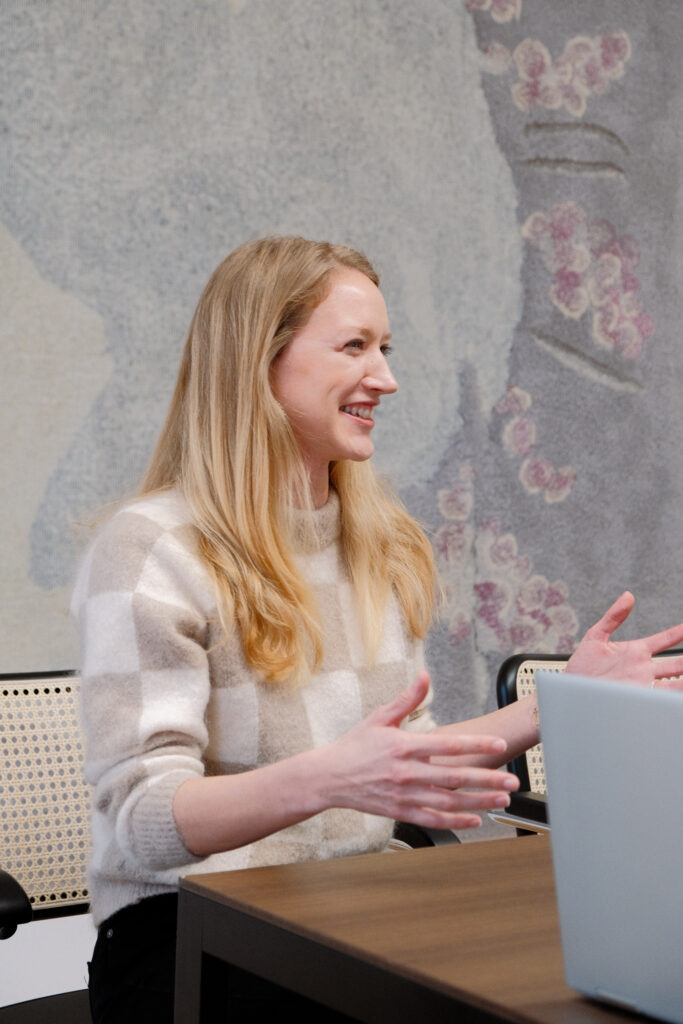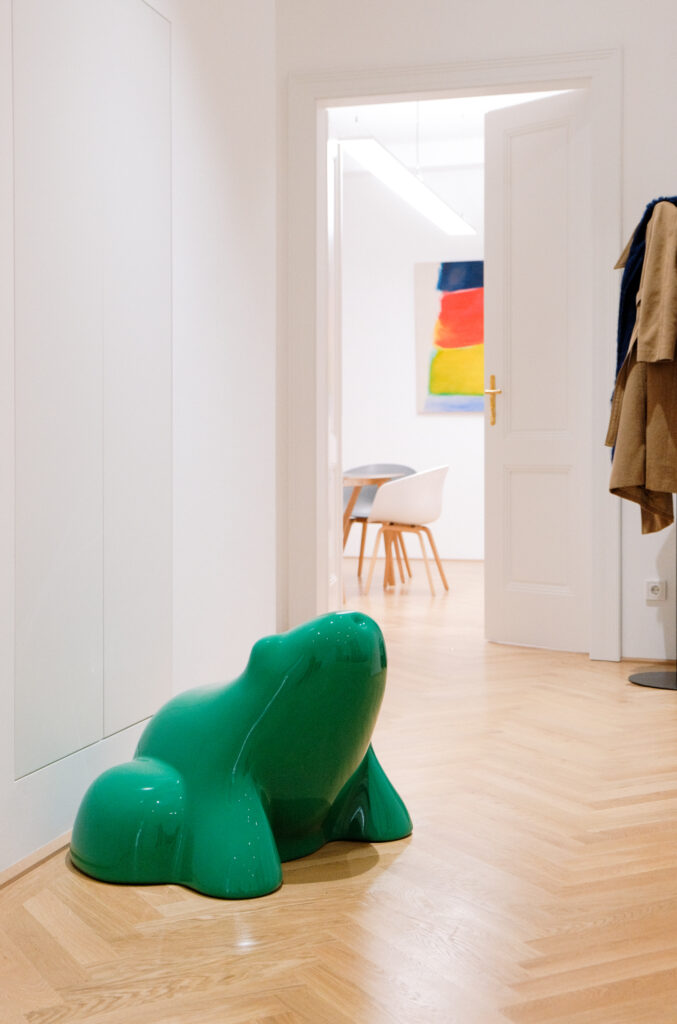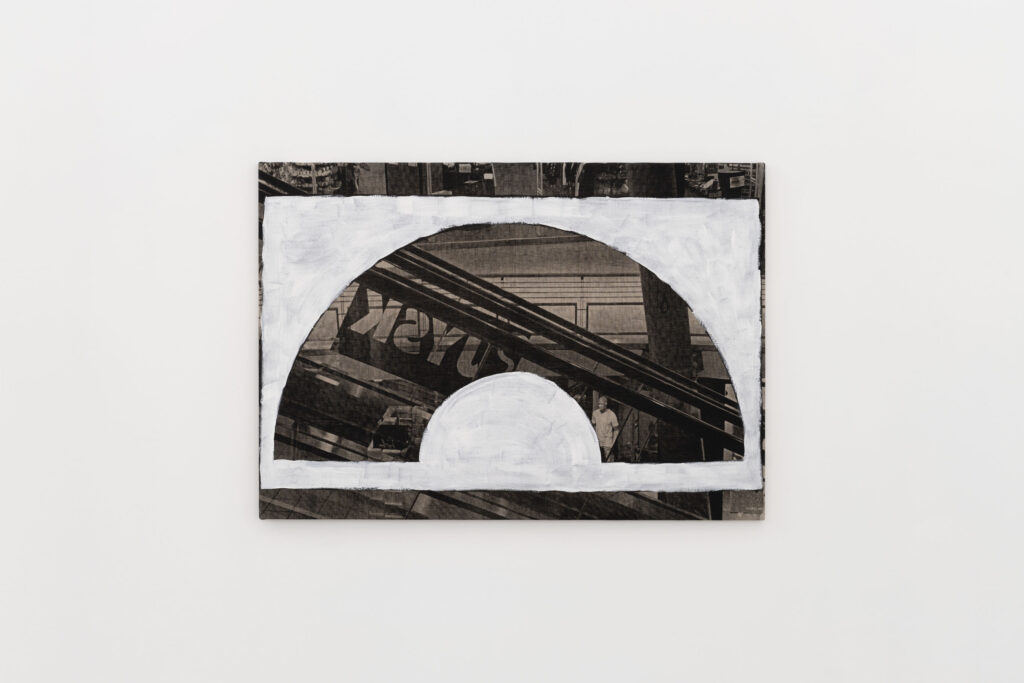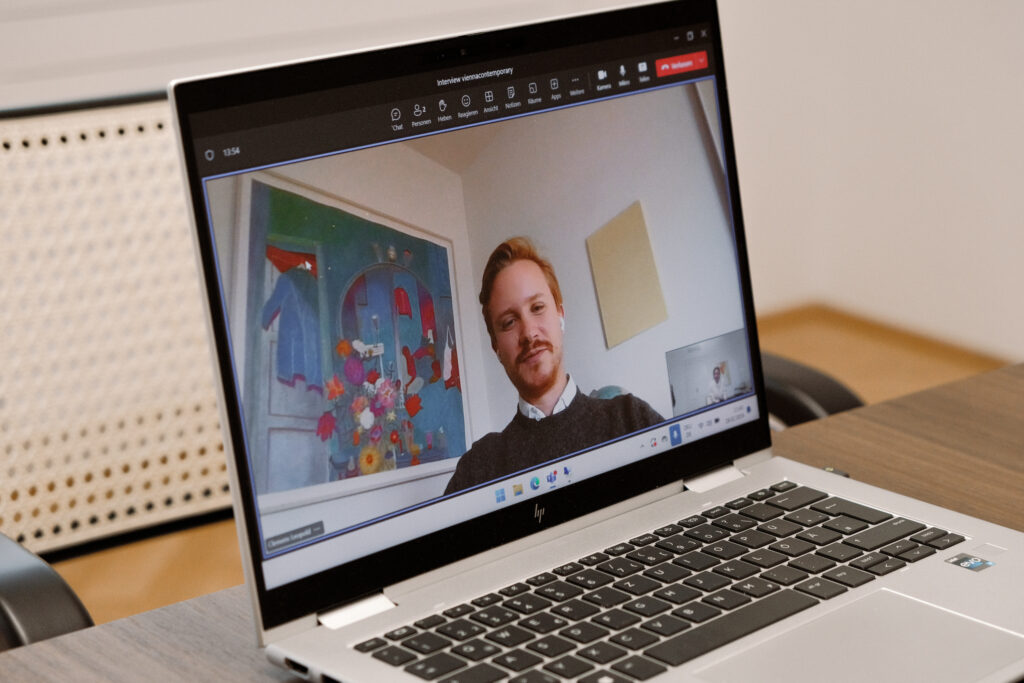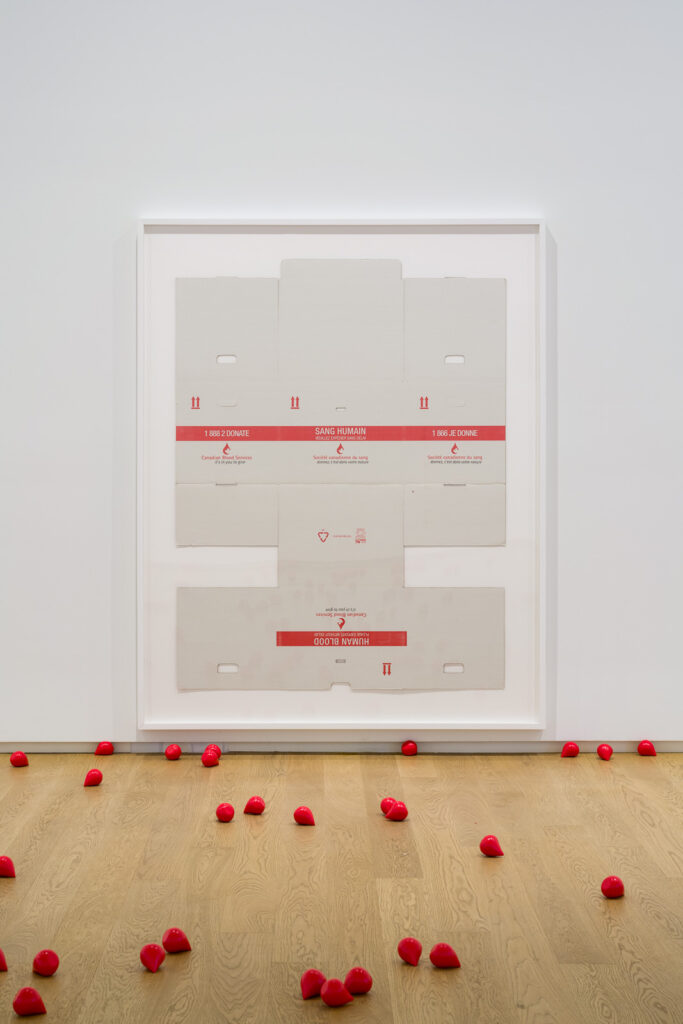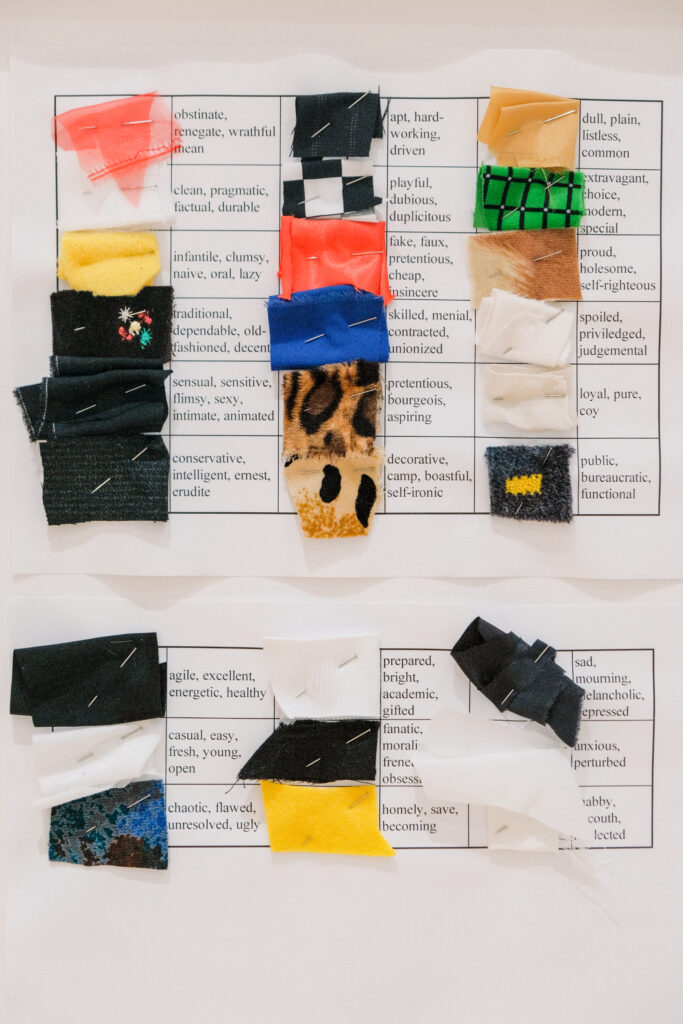“We grew up witnessing how our grandfather’s life was all about collecting and art.”
Collectors Interview | Saskia and Clemens Leopold
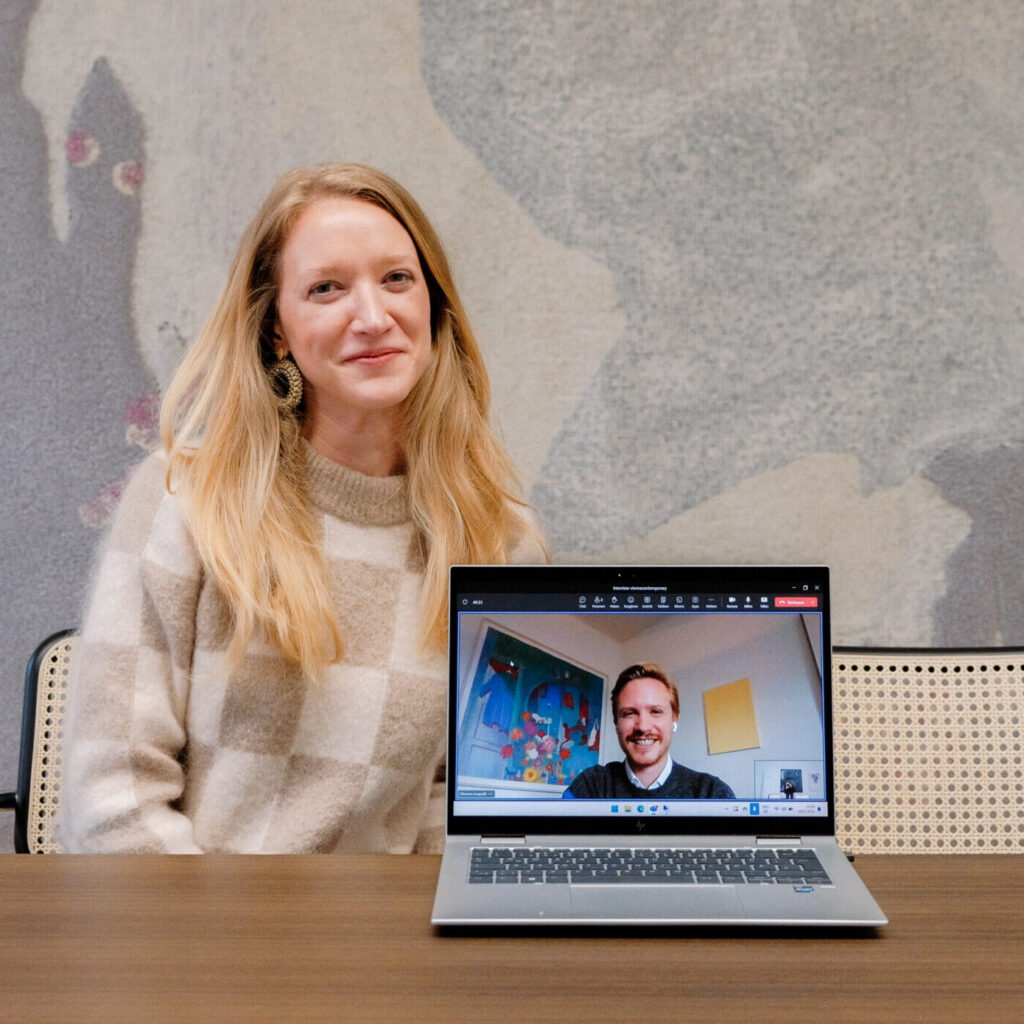
A conversation with the twins Saskia and Clemens Leopold, whose grandfather Rudolf Leopold founded the Leopold Museum, about their first art purchases, developing their personal taste, and how young people could be better integrated into the art world.
An interest in art comes naturally to you as a family, but how did your first purchase come about?
Clemens Leopold: We have of course always been surrounded by a lot of art and have been to a lot of museums. I first came into contact with contemporary art during my studies in Zurich, where I spent a lot of time at galleries such as Eva Presenhuber and Hauser & Wirth. Art fairs such as Art Basel – and viennacontemporary, of course – were also places where I saw a lot and my interest grew. My first art purchase was in 2014, at the age of 24, at Frieze in London, a work by Philipp Timischl at Emanuel Layr, with Felix Gaudlitz, his assistant at the time. So a Viennese gallery in London, that’s when it clicked.
Saskia Leopold: Funny, I was also 24, or even 23, when I made my first purchase. I spent the money I received from my godmother for completing my master’s degree. It was at Art Basel, and it was an installation work by the Greek artist Rallou Panagiotou at Galleri Riis. It still hangs in my home today. My godmother was horrified, she thought I would use the money to go on a trip to India or find myself in another way – which I think I did with this purchase.
Didn’t your interest in art run in the family?
Saskia Leopold: Of course, we grew up witnessing how our grandfather’s life was all about collecting and art. He preferred to spend money on art rather than go on vacation and we grew up with this idea. I’d much rather spend money on art, I don’t think twice about it, but when I have to buy a commodity like a new sofa or something, I always think to myself God, that’s expensive (laughs).
Saskia Leopold in her office. Behind her an artwork by Monika Baer. Photo: Maria Belova.
How do you decide what to buy? Which art appeals to you?
Saskia Leopold: We don’t want to buy the kind of art that our grandfather collected or can be seen in the Leopold Museum – it already has a stage and is of a completely different level financially. We are interested in the art of our generation and those artists who deal with what we are also interested in.
Clemens Leopold: Initially, my collection was completely contemporary, but now slowly I have added a few older positions with Monika Baer and Raoul de Keyser. We also have the privilege of continuing to work with the Leopold Collection, especially Saskia, who is on the board of the Leopold Museum Private Foundation.
Did it take time for you to find your own taste in art, to emancipate yourselves from the family collection, so to speak?
Clemens Leopold: I think our parents still don’t understand our taste in art (laughs). But I’m also still searching. And that’s the beauty of art, that it’s so diverse nowadays – there is installation, sculpture as well as paintings; art poses questions of identity that are then solved or discussed in a very conceptual way.
Saskia Leopold: I also collect whatever interests me, regardless of the medium – be it installations, videos, sculptures, or classical paintings. For many years, I only collected women – rather by chance. This has only softened somewhat in the last two or three years, for example with Dominique Knowles or Mladen Bizumic. I used to think that I completely excluded photography. But now I have photographs by Anna Sophie Berger or Rosa Rendl; Hanna Stiegeler could also be described as a photographer…
Artwork by Anna-Sophie Berger. Photo: Maria Belova
And do you have a similar taste? Do you consult each other before you buy something?
Clemens Leopold: We act very independently, but we like to go to fairs together, to Gallery Weekends, or Curated by.
Saskia Leopold: We have hardly any overlaps in our collections, although, of course, I adore the artists that Clemens collects as well. As siblings, you want to define yourself independently (laughs). Once I know that Clemens is supporting an artist, I tend to leave them to him. We go to a lot of exhibitions and fairs together – it’s nice to have someone with whom you share so many art experiences. You can start the discussion at a much higher level.
A favorite of both collectors: Hanna Stiegeler, Arcaden (Stairs), 2023
Who has the larger collection between the two of you?
Saskia Leopold: I think Clemens by a few works. We have a shared database for our collections. Whenever Clemens buys something new, I see it in there, and I think you’ve overtaken me by a few works (laughs).
Clemens Leopold: I always promise myself to buy less, but then… I think it’s in the Leopold family to think that art doesn’t have to be an investment, but that it accompanies our lives and makes them so much richer and worth living. After a day at work, I look around my home and think, “There’s some really cool stuff hanging there, so many different ideas that you can get your head around.” It’s nice to be a part of it, remembering how or where I bought something, knowing some of the artists and what nice people they are.
Clemens Leopold in front of an artwork by Matthias Noggler. Photo: Maria Belova.
Where do you discover new artists, apart from art fairs?
Saskia Leopold: I have a few trusted galleries whose taste I can count on and who recommend young artists to me. They are a bit like the trend scouts I rely on because I don’t have a lot of time to do my own research alongside my work as a lawyer and board member. I read a lot – art magazines always give me a good overview– and I visit many exhibitions, biennials, and art fairs. They are always a good opportunity to go traveling and discover the art universe in another city.
Clemens Leopold: Instagram has also been a very interesting channel. You learn a lot about artist networks – who follows whom and how they understand each other. And you get to know one or two artists even better. I haven’t found anything that I want to buy straight away, it’s more a case of discovering what I find interesting and will take a closer look at.
You are in relatively close contact with young prospective collectors. What should the art world do to better engage with them?
Saskia Leopold: I’m on the committee of Salon Leopold, which is the Leopold Museum’s young patrons’ association. Many young people are hesitant to go into a gallery or ask about the prices. We try to overcome this at Salon Leopold by visiting lots of galleries and exhibitions. From the moment you ask the first question, you realize how approachable the gallery owners are. They are happy about every question, no matter how often it has been asked or how new the person asking is in the art world.
Clemens Leopold: The development of young collectors is really important, because we are surely noticing that the audience at art fairs is somewhat older. It’s important to start engaging with art at a young age, even if you don’t have that much money yet. For me, art fairs have opened the door to this “contemporary world”. It would be important to perhaps give out more vernissage tickets to interested young people who can also enjoy a quiet preview. I also like to take friends to galleries, which has borne fruit without intending to. I don’t push anyone, but many have then started to buy works of art because the personal exchange in a gallery has also inspired them. I mainly go to very young galleries where the gallery owners are our age, so of course it’s a completely different kind of exchange.
Your top three favorite artists?
Clemens Leopold: Phew, that’s difficult. Philipp Timischl is the first artist I collected, so he was the impetus for a lot of things and is still very interesting to me. Puppies Puppies, an artist who works mainly in New York and who deals with questions of identity in a very courageous, personal, and unsparing way. I also always find Matthias Noggler exciting because he is constantly evolving in his painting and leaves no stone unturned to continue on his path. And Hanna Stiegeler is certainly in the top four, where I think she’s a great young artist with a lot of potential.
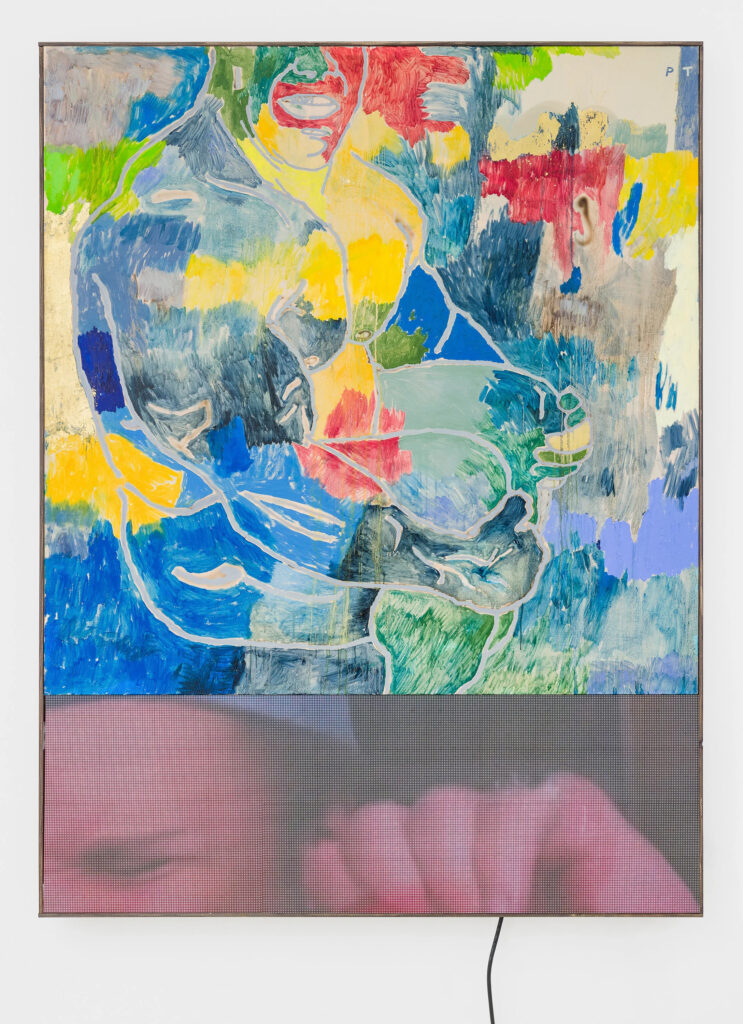 Philipp Timischl, Thank you god for all this bod, 2022, from Clemens Leopold’s collection.
Philipp Timischl, Thank you god for all this bod, 2022, from Clemens Leopold’s collection.
Saskia Leopold: I remain true to my original collection – only women: I think Anna Sophie Berger is an incredibly great artist, partly because she also sheds light on the interface between art and fashion, which I also find very exciting. And she is simply a great person and super likable. Then, funnily enough, similar to Clemens’ top choices, the first artist I bought, Rallou Panagiotou, is still in my Top 3. I recently bought another work by her and although there are about ten years between the two purchases, she has been very consistent in her approach during this time, so that the first work still matches the new one – I find that simply admirable. A new discovery for me is Viola Leddi, an Italian artist who creates very beautiful, delicate paintings. I definitely couldn’t name a favorite work.
Artwork by Anna-Sophie Berger in the office of Saskia Leopold.
Clemens Leopold: That’s why you collect, so that you don’t stop at one, but always find a new favorite work of art.
Saskia Leopold works as a lawyer and is currently opening her own law firm in Vienna. Clemens Leopold is a sustainability consultant with his company Sustainability& in Germany and Austria.

